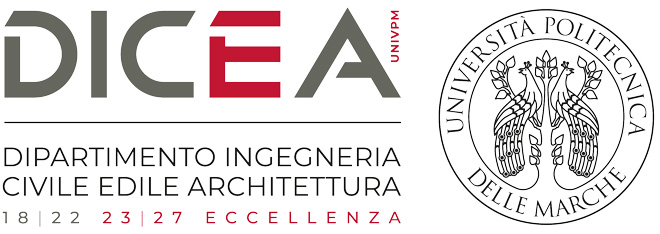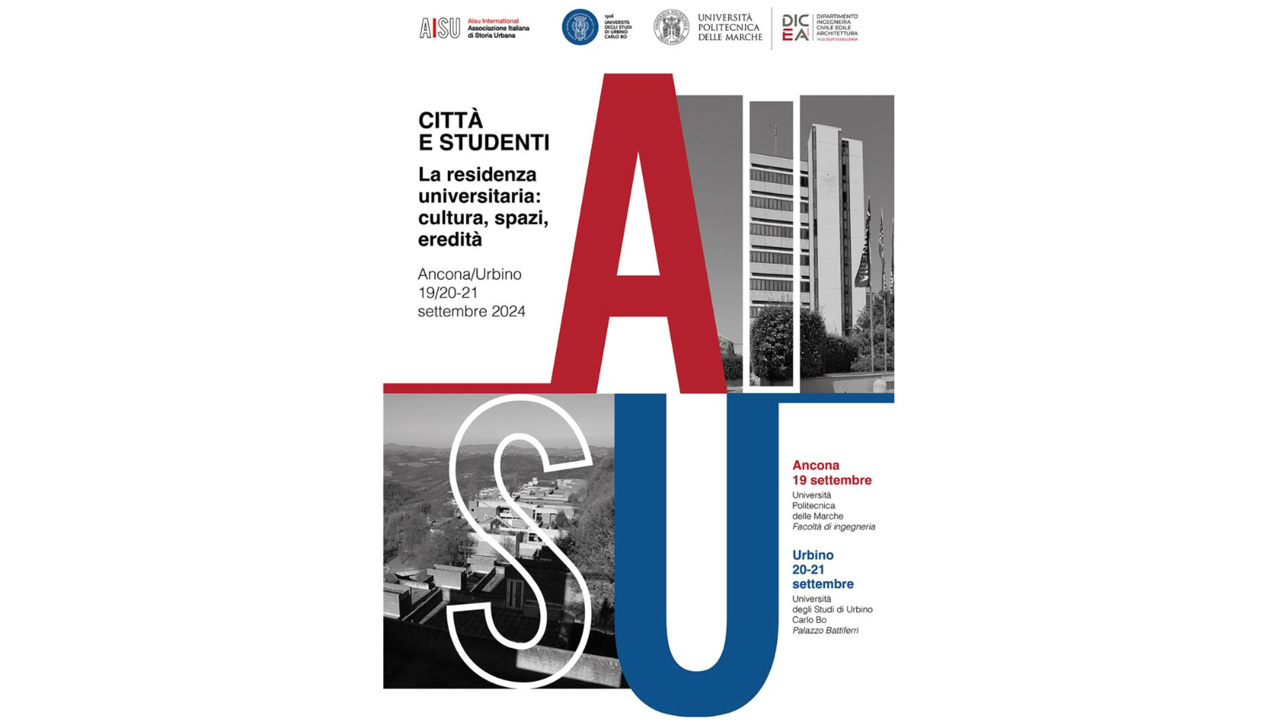In Italy the housing shortage of ‘off-site’ university students is increasing. It was estimated that in 2022 just almost one third of the overall student community needs an accommodation. Where do these ‘off-site’ people live? What costs do families have to face? What is the quality of the reception spaces? What dialogue between city and university to guarantee dignified conditions for the education of new generations? Compared to 600 thousand female and male students away from home, the PNRR, as part of Reform 1.7, plans to reach 60 thousand additional bed by December 2026, thus only partially solving the problem.
AISU conference -Cities and students. The university housing: culture, space, heritage -”, promosso dall’Università Politecnica delle Marche e dall’Università degli Studi di Urbino Carlo Bo, affronta temi che pongano al centro, in termini politici, economici, sociali, culturali, architettonici, ma anche di policy/governance, il rapporto fra relationship between the city and the students- under political, economic, social, cultural and architectural terms as well as policy/governance. The main focus being the university housing,, in the past and today, considering the everyday challenges and conflicts (from the costs of the rent to the recent conflicts that also affect high school).
In the history we find cities originated by university centres, in which students housing is potentially a founding element or a significant reconfiguration, capable of decisively influencing subsequent dynamics, and cities of various size and complexity where university constitutes one of the many service delivery agencies with different degrees of social integration, and where often specific programs for residences lack. Finally, there are university towns outside the nearest urban centre.
Some of the oldest university cities have shaped around communities of teachers and students, establishing recognizable and identifying spatial models on the one hand, affecting the broader development of the surrounding urban fabric on the other hand. There are many more numerous cases of cities in which the university must carve out its own spaces in a consolidated physical, social and economic context with positive or negative implications with respect to the reuse and conservation of pre-existing buildings. The well-known models of the Anglo-Saxon college and the American campus are therefore flanked by those most widespread in ancient European cities where the places of academic training are inserted into the layered city.
In this framework, the most fragile element is, however, the involvement of the community of students from the residence, to be understood not only as an apartment, but also as a system of complementary places and collective relationship, from sport facilities to recreation activities. What were the decisions in the past and what are the current policies? Is there a dialogue and cooperation between the municipal administration and the university government? What is the space of this topic in the ‘histories’ of the academic institutions that celebrate the centenary anniversaries, focusing above all on scientific achievements, education, and planning and design and collections?
Consistent with AISU mission, the present call aims to collect contributions capable to create a an updated picture of university housing and to intercept ongoing projects and research, even in a preliminary form. The contributions must preferably propose a multidisciplinary vision, not necessarily or exclusively from a historical point of view or a design or urban planning vision but open to comparing with other disciplines or methodologies to offer new interpretation.

